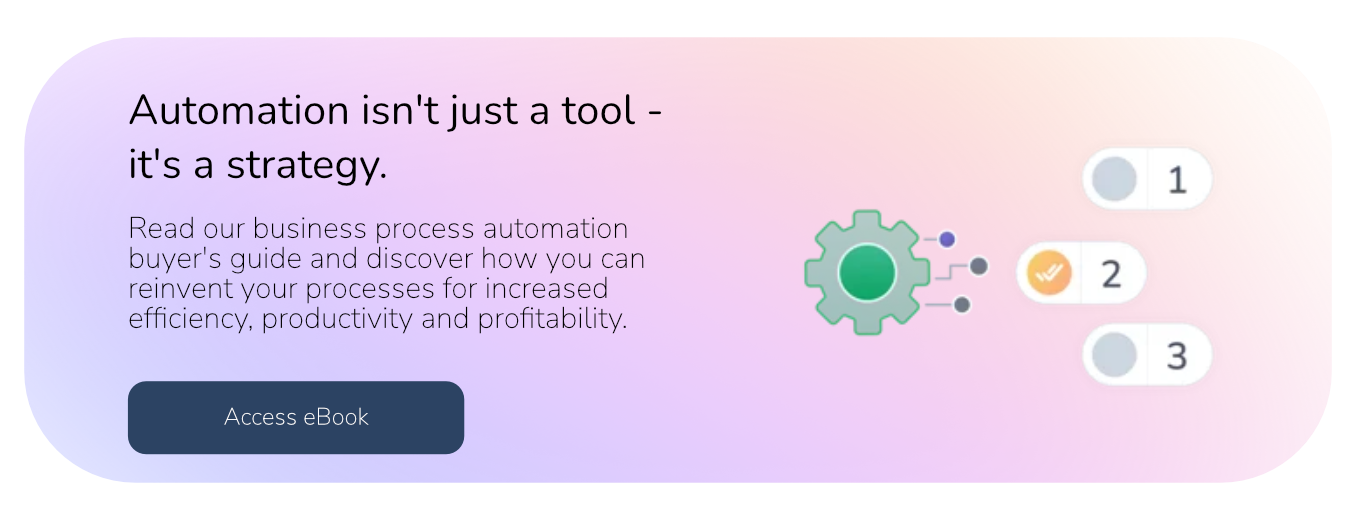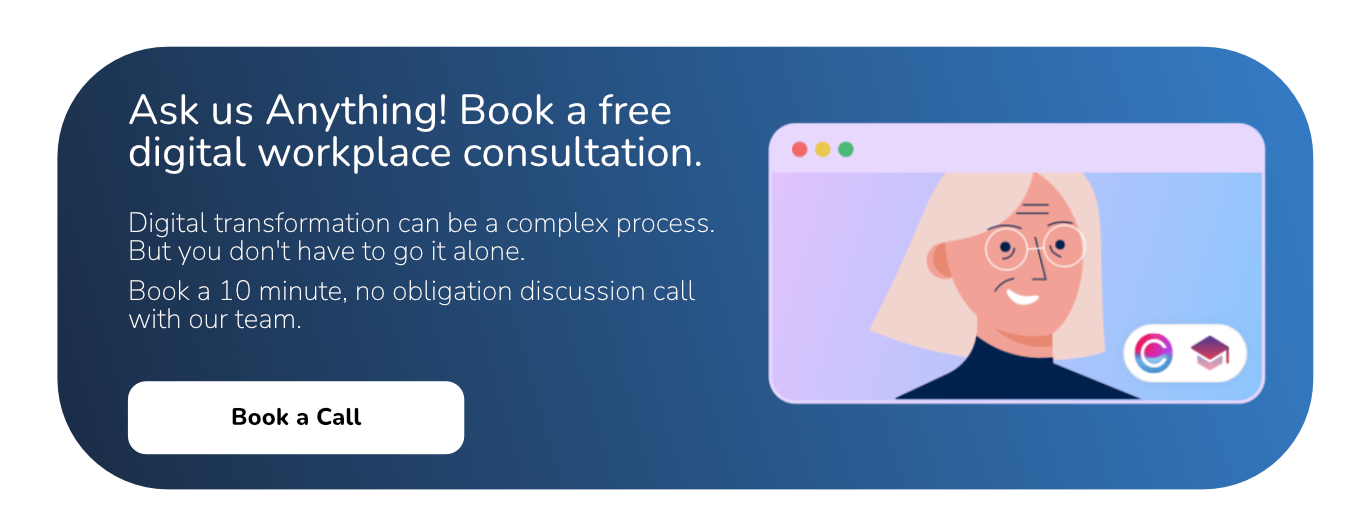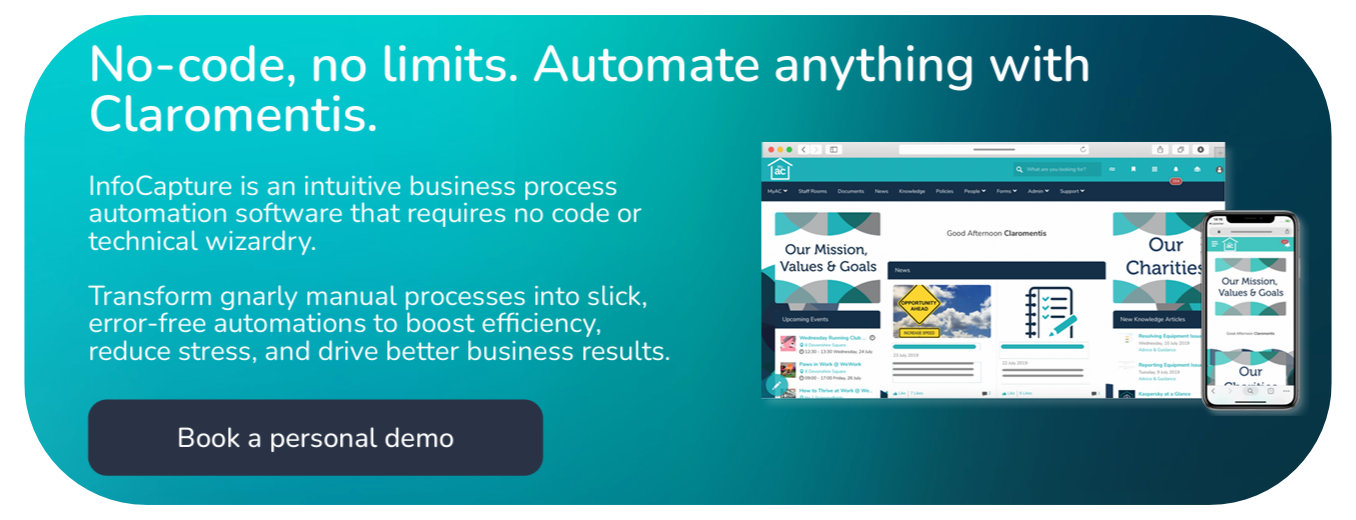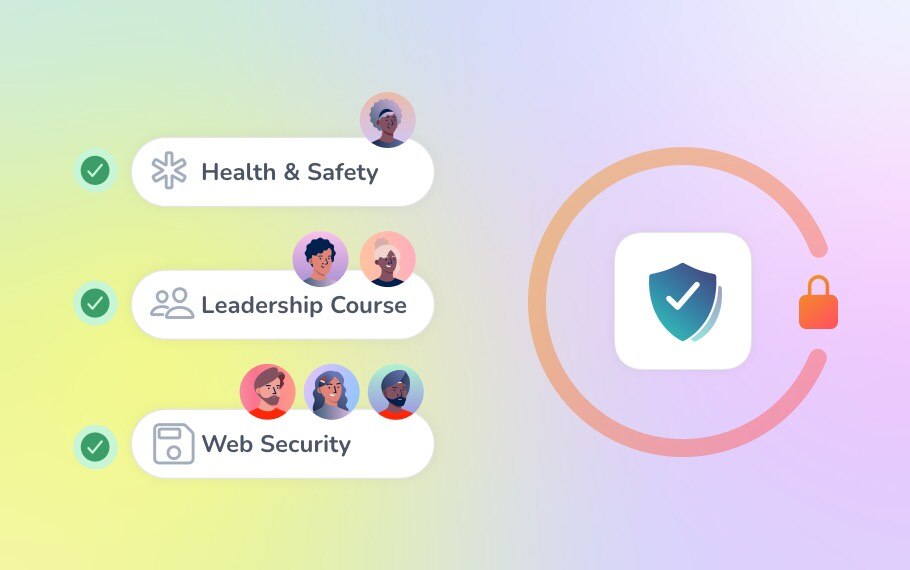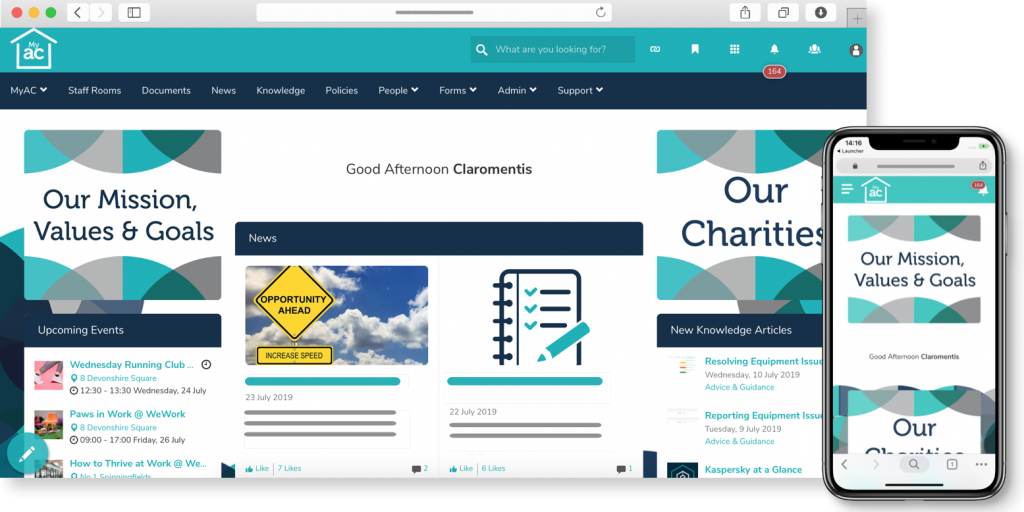Between April 2023 and April 2024, 50% of all UK businesses experienced at least one cyber security breach or attack. For medium and large organisations, this number increased to 70% and 74% respectively.
Suffice to say, cyber security incidents are now commonplace. And that means prevention and mitigation practices must become commonplace, too.
This is what makes accredited information security management system (ISMS) frameworks so vital. In a world riddled with emerging and mutating threats, these guidelines offer a structured method for protecting your assets and customers and maintaining business as usual.
However, achieving framework compliance doesn’t come without its challenges.
In this blog, we’ll explore the ISO 27001 framework in particular. We’ll explain why the standard is so important, the challenges of completing audits manually, and how you can streamline the process via automation.
What is ISO 27001 and why is it important?
ISO 27001:2022 is one of the world’s best known standards for creating, implementing, maintaining and improving information security management systems (ISMS). By following the guidance outlined in the framework, organisations can stay risk-aware, proactively identify weaknesses in their systems, and improve their overall data security practices.
Maintaining compliance through periodic internal audits – as well as external audits and recertification – can benefit your organisation in a number of ways:
- Improve your overall cyber-resilience. With continuous monitoring, employee training, and thorough risk and vendor assessments, your organisation will be better prepared for the cyber threats of today and tomorrow.
- Reduce the likelihood of a data breach or malicious attack. Better cyber resilience will of course result in fewer security incidents. Because of this, you’ll avoid the costly financial and reputational damage that often results from data breaches.
- Boost reputation and customer retention. An accredited ISO 27001:2022 certification demonstrates to your customers, clients and stakeholders that you can manage their information securely. This is vital for improving trust and winning new business.
6 ISO 27001 audit challenges facing businesses
When preparing for an ISO audit, your organisation must work through a series of steps. For an internal audit, this involves reviewing your ISMS documentation, collecting evidence, performing tests and interviews, and creating an actionable report based on your findings.
Simple enough when written down, right? In practice, not so much.
When completing these tasks manually, you’re likely to encounter one or more of the following challenges:
1. Human error
If your auditing process is 100% manual, you increase the chances of human error within your reporting. This may be as small as an incomplete field within an assessment or as big as missing an entire assessment altogether.
2. Disparate documents
To demonstrate your ISO 27001 compliance, you must present a series of ISMS records and documentation. If you don’t have a reliable method of collecting this information throughout the year (for example, whenever you assess a new vendor or supplier), you’ll likely find it difficult to locate everything you need when your next audit rolls around. Needless to say, this can make achieving compliance very difficult.
3. Lack of solid proof
It’s all well and good telling your auditors that you’ve met the ISO 27001 requirements, but how can you prove it? Take training as an example. Showing your auditor an example of your cybersecurity training course may demonstrate intent. But to prove your employees have taken and passed this training, you’ll need to provide individual, time-stamped training records.
4. Unprepared employees
Your CIO may be eagerly prepared for your next ISO audit, but what about the rest of your team? If you use word-of-mouth to remind your employees of upcoming training courses and audit interviews, the chances are they may forget. This lack of cybersecurity awareness and audit preparedness could result in non-compliance.
5. Uncertainties around policy acceptance
ISO 27001 compliance requires everyone in your business to read, understand and accept the applicable ISMS policies. While you can share your policies and hope for the best, there’s often no way of guaranteeing policy acknowledgement unless you use a dedicated compliance tool.
6. Tracking procedures and audit progress
Managing an audit entirely manually can be a tedious juggling act. When you’re busy focusing on what needs to be done next, it can be difficult to understand your overall progress and what you might have missed. With no way of tracking your efforts, you may fail to complete every obligation.
How ISO 27001 automation streamlines the audit process
Needless to say, the challenges we listed above can make passing your ISO 27001 audits difficult. This is particularly the case if you have a small IT team with limited resources at your disposal.
So, to make the process as painless as possible for everyone involved, adopt automation wherever possible. When used correctly, automation can help you:
Standardise your audit procedures
With a compliance automation tool, you can create and store standardised e-forms and checklists for most aspects of your ISO 27001 audit. This ensures you follow the appropriate steps every time you test your ISMS.
Automate evidence collection
Take the work out of finding your ISO 27001 documentation. Automation streamlines the collection of your compliance evidence, including risk assessments, vendor assessments, incident reports, policy acknowledgement information and more.
This reduces the effort needed from your team, but can also increase information accuracy and speed up the overall audit preparation process.
At Claromentis, we harness our business process automation software, InfoCapture, to manage our ISO 27001 procedures and capture relevant information via e-forms. This includes:
- Conducting supplier security reviews
- Documenting change management
- Completing data breach reports
- Recording non-conformances and corrective and preventative actions (CABA)
- Registering new assets, such as laptops and mobile phones
- Onboarding and provisioning new employees
- Offboarding employees and terminating their user access
- Recording meeting minutes and lessons learned
By capturing evidence of these procedures via time-stamped, standardised e-forms, it’s simple enough to demonstrate compliance to ISO auditors.
Keep documentation up to date easily
Ensure your ISO 27001 policies are kept up to date year-round with automated notifications and workflows.
An automated compliance tool with built-in policy management capabilities will allow you to:
- Create and store all of your important ISO 27001 documents
- Set expiration dates and review deadlines
- Send policies to the appropriate personnel for review or acknowledgement
- Keep an archived record of previous versions
- Collect proof of employee acceptance with mandatory check boxes
Distribute training and collect user records
A digital workplace solution that provides internal communication, automation and e-learning functionality will help you improve employee preparedness and cyber security awareness.
For instance, with the full Claromentis digital workplace suite, you can:
- Push out automated announcements to warn employees of an upcoming audit.
- Send compulsory compliance training and automatically enrol users.
- Collect training results and records, which you can then show to external auditors to prove ISO 27001 compliance.
Create and track compliance objects
A compliance management and automation tool will allow you to create compliance tasks, objects or projects, assign them to the relevant experts, and track their progress. With automated notifications and reminders, as well as a real-time dashboard of your overall efforts, you can ensure nothing falls through the cracks.
Finding the right compliance automation tool: 7 features to look out for
ISO 27001 audits needn’t be such a headache. With a helping hand from automation, you can streamline the process from beginning to end and keep your business compliant year after year.
Of course, before you can reach this stage, you’ll first need to choose the right compliance automation tool for the job.
When assessing your options, try to find a platform that provides:
- Reporting dashboards to monitor audit status and flag any breached tasks.
- Customisable e-forms for conducting ISO procedures and capturing evidence.
- Compliance object/procedure assignment with automated notifications and reminders.
- Policy management with version control, expiration dates, automated review workflows and acknowledgement capture.
- Integration with existing systems, including your compliance/reporting documentation, compliance data, and any other auditing tools.
- Automated templates for common ISO 27001 tasks, such as incident reporting and data access requests, as well as the ability to build your own bespoke automations.
- Configurable user permissions to ensure only permitted persons can access sensitive information.
These features should be non-negotiable.
However, if you’re eager to improve your overall ISO 27001 compliance efforts year-round, it may be worth adopting a broader digital workplace solution.
With a platform like Claromentis, you can create and distribute e-learning courses, push out ISO 27001 communications and announcements, and collect employee engagement and training statistics. Working in conjunction with your automated workflows and e-forms, these features can bolster your cyber security efforts and better prepare you for your internal and external audits.
For more information on choosing the right BPA platform for your unique needs, download our free automation strategy guide. It’s packed full of advice to help you plot your automation roadmap and narrow down your vendor shortlist.
